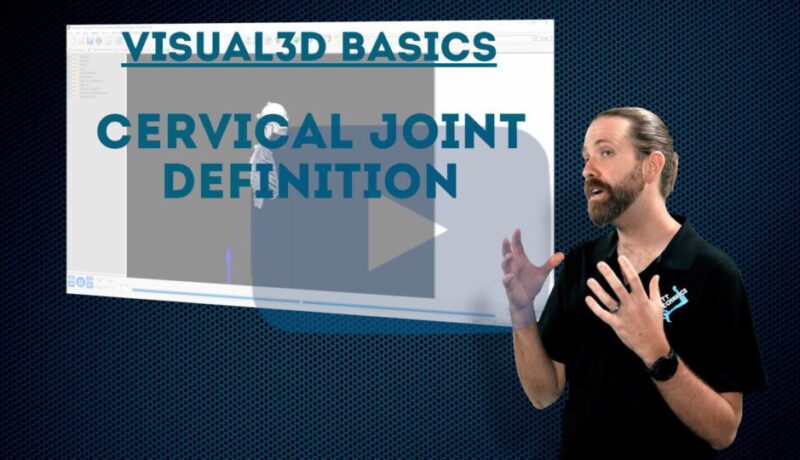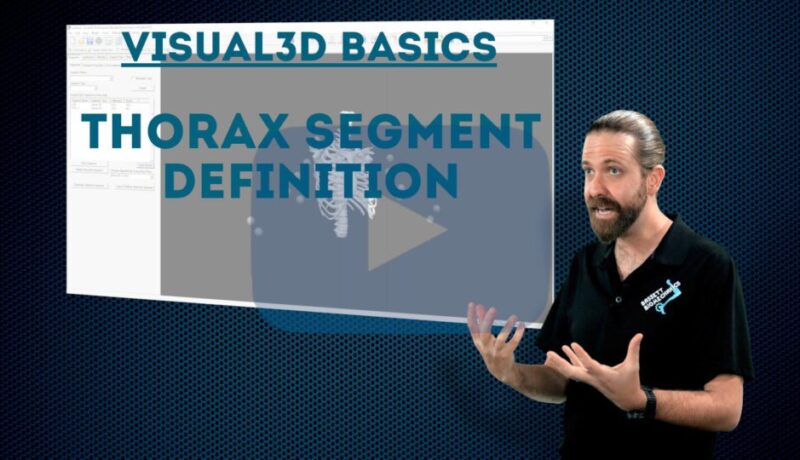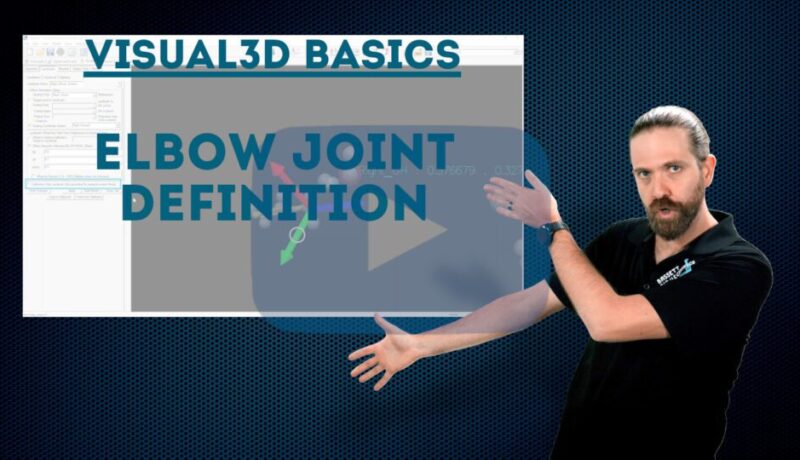Visual3D Basics Unit 6 – Chapter 1 – Right-hand rule
As an introduction to more advanced calculations in Visual3D, we focus this video on the right-hand rule. In order to understand segment coordinate systems and how they contribute to joint rotation calculations, we need to make sure that the axis defitions are clear. The right-hand rule is an easy tool to use to help users navigate this complex topic.






